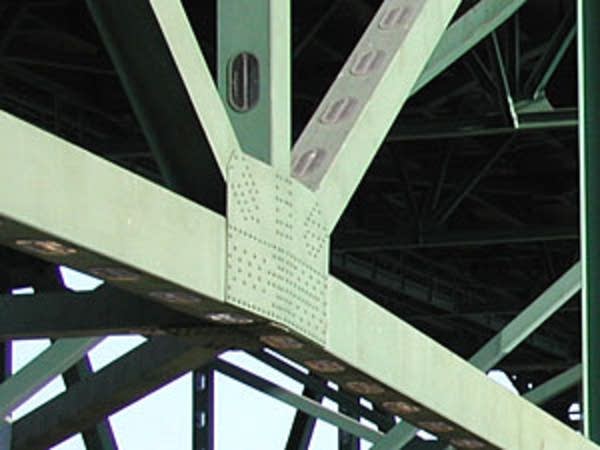NTSB to remain on bridge scene another month
Go Deeper.
Create an account or log in to save stories.
Like this?
Thanks for liking this story! We have added it to a list of your favorite stories.

(AP) - Investigators with the National Transportation Safety Board continue to interview motorists who were on the Interstate 35W bridge when it collapsed more than two months ago, and expect to conclude their investigation in Minneapolis by late November, the agency said Tuesday.
The NTSB released little new information in an update of its probe, saying 30 investigators were working on the case in Minneapolis and at the agency's headquarters.
Motorists have been reviewing a diagram of the bridge that includes vehicles and equipment in their likely pre-collapse positions to refine estimates of the loading of the bridge when it fell Aug. 1, the agency said.

Bridge components are being kept at the Bohemian Flats, an area along the Mississippi River near the site of the collapse, and some of them will be shipped later to NTSB headquarters.
Turn Up Your Support
MPR News helps you turn down the noise and build shared understanding. Turn up your support for this public resource and keep trusted journalism accessible to all.
"Since the start of this accident investigation, we have made substantial progress, in recovery, documentation, and data gathering," NTSB Chairman Mark Rosenker said in a news release. "However, several of our investigators are still on-scene and we are in the midst of a complete and thorough analysis of this information."
The agency said it completed its work at the site of the collapse Oct. 12 and turned it over to the Minnesota Department of Transportation, though NTSB investigators plan to remain in Minneapolis until late November. After that, the investigators may return to the Bohemian Flats for further evaluation as it's necessary, the agency said.
The NTSB has been looking at several possible causes of the collapse, which killed 13 people and injured more than 100.
Last week, the Star Tribune, citing two structural engineers, reported that NTSB investigators were focusing their attention on a corroded gusset plate located in the section of the bridge that fell first.
The paper also reported that roller bearings designed to accommodate bridge flexing may not have been working correctly because of corrosion and buildup of debris.
The investigators were also analyzing what role the 91-degree heat on the day of the collapse might have played in increasing stress on an already-weakened gusset plate that connected four steel beams located near the bridge's south end, the paper reported.
The NTSB has also cited a "design issue" with gussets and was also looking at the weight that was on the bridge when it fell. The agency has said it could take 12 to 18 months to reveal a probable cause of the collapse.
(Copyright 2007 by The Associated Press. All Rights Reserved.)



